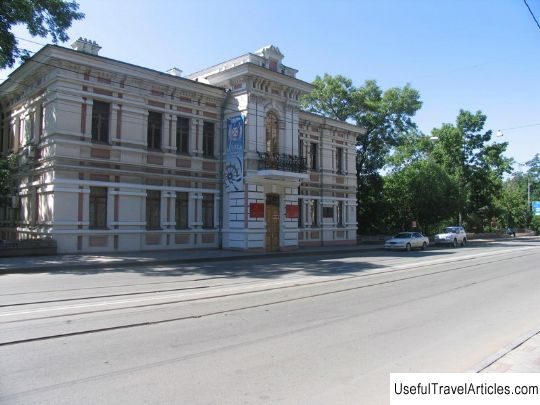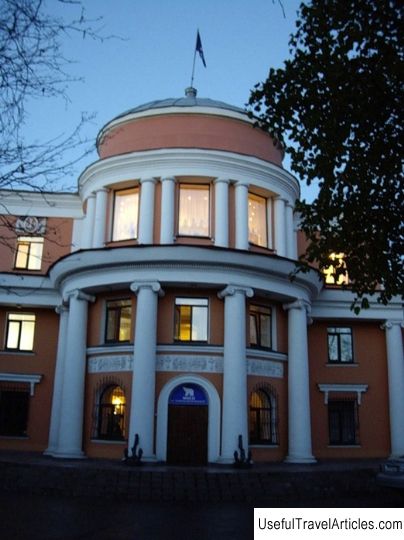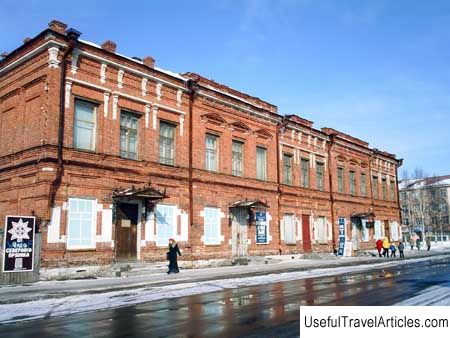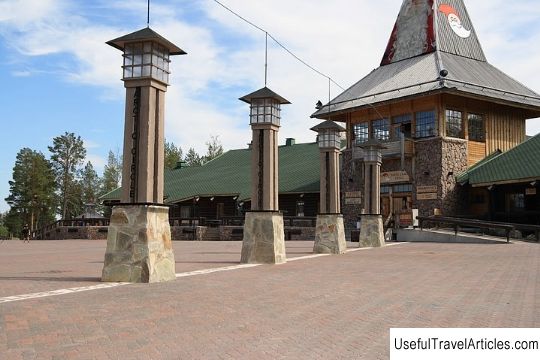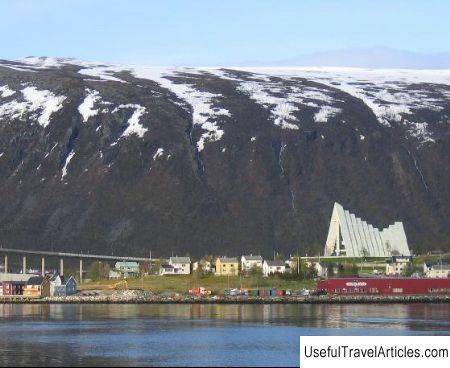Museum of the Arctic and Antarctic description and photos - Russia - St. Petersburg: St. Petersburg
Rating: 7,8/10 (1243 votes) 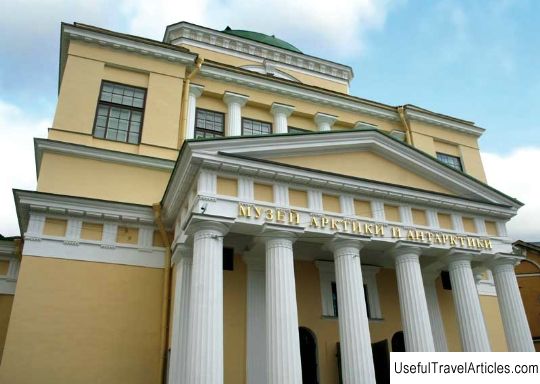
Museum of the Arctic and Antarctic description and photos - Russia - St. Petersburg: St. Petersburg. Detailed information about the attraction. Description, photos and a map showing the nearest significant objects. Photo and descriptionThe museum is located in St. Petersburg in the building of the Nikolsky Cathedral, which was closed in 1931. The museum first opened in 1937 and was dedicated to the exploration, natural resources, and history of Russia's Northern Lands and Seas. At the moment, the museum's exposition consists of three parts: History of exploration and development of the Northern Sea Route, Nature of the Arctic and Antarctic. In the part of the exposition, which is dedicated to the Northern Sea Route, you can see items from different periods and eras of the development of the Arctic ... The development of the Arctic began in the sixteenth century, the diorama "Mangazeya" tells about it. Much attention is devoted to the expeditions of Vitus Bering and the first Russian sea high-latitude, commanded by Captain V. Chichagov. The expedition led by F. Wrangel and F. Litke is well represented, during which the New Earth and the northeastern lands of the Asian continent were explored. The expeditions of A. Nordenskjold, E. Toll, I. Sergeev, G. Sedov, G. Brusilov are not forgotten either. The central place in the exposition is devoted to the steering wheel and binnacle of the icebreaker "Ermak", this glorious ship was the very first icebreaker in the history of mankind. The Soviet period of the development of Arctic waters and lands began in 1932, when for the first time during one navigation The Northern Sea Route was passed, its commercial use was started. The Soviet period is represented by such exhibits as the Sh-2 amphibious aircraft designed by B. Shavrov, which was used for reconnaissance of the movement of the Arctic ice; a tent that housed the North Pole drifting scientific station; polar explorers' clothing; instruments for conducting meteorological surveys and much more. Working models and models help to present all the titanic work on the exploration of the North. With the help of the "Polar Lights" model, one can get acquainted with a unique natural phenomenon that can be seen only beyond the Arctic Circle. The icebreakers "Arktika" and "Lenin" are presented with models made with all the details that allow you to get an idea of their power. The physical and geographical features of the Arctic are revealed in the part of the exposition - The Nature of the Arctic. The most complete picture of them can be obtained with the help of layouts and diarms, made with maximum realism. Visitors to the museum have an unforgettable impression after seeing the dioramas: Matochkin Shar Strait; Bird market; Tundra in winter; Walrus rookery; Summer tundra and Shokalsky Glacier. The Antarctic part of the exposition tells about the history of the discovery of the ice continent, about the expedition associated with it. Mankind owes the discovery of Antarctica to the Russian navigators M. Lazarev and F. Bellingshausen, who were able to approach the shores of the land, which was later named Antarctica. This happened in January 1820. Brave sailors in two small ships circled the new mainland and mapped the outlines of the coastline. Representatives of other countries have also made a great contribution to research related to the sixth continent. They were the Frenchman Dumont Durville, the Englishman Ross, the American Wilkes. Expeditions led by R. Scott and R. Amundsen independently reached the South Pole at the beginning of the twentieth century. The Scott Museum donated to the Russian Museum a sled on which R. Scott reached the Pole. Subsequently, the exploration of the ice continent was carried out by joint efforts of international expeditions, and by the beginning of the sixties, the exploration and study of the coastal regions was generally completed. In 1959, the International Antarctic Treaty was signed, which was signed by twelve countries, including the Soviet Union. According to this agreement, all countries participating in it were guaranteed freedom of research. The participating countries, in turn, committed themselves not to use Antarctica for military purposes. Every year Russia and other countries send their ships and aircraft with researchers to the shores of Antarctica. Permanent research stations have been built among the Antarctic ice. Information about this is presented in the part of the exposition dedicated to Antarctica.       We also recommend reading County Bibala description and photos - Angola Topic: Museum of the Arctic and Antarctic description and photos - Russia - St. Petersburg: St. Petersburg. |
